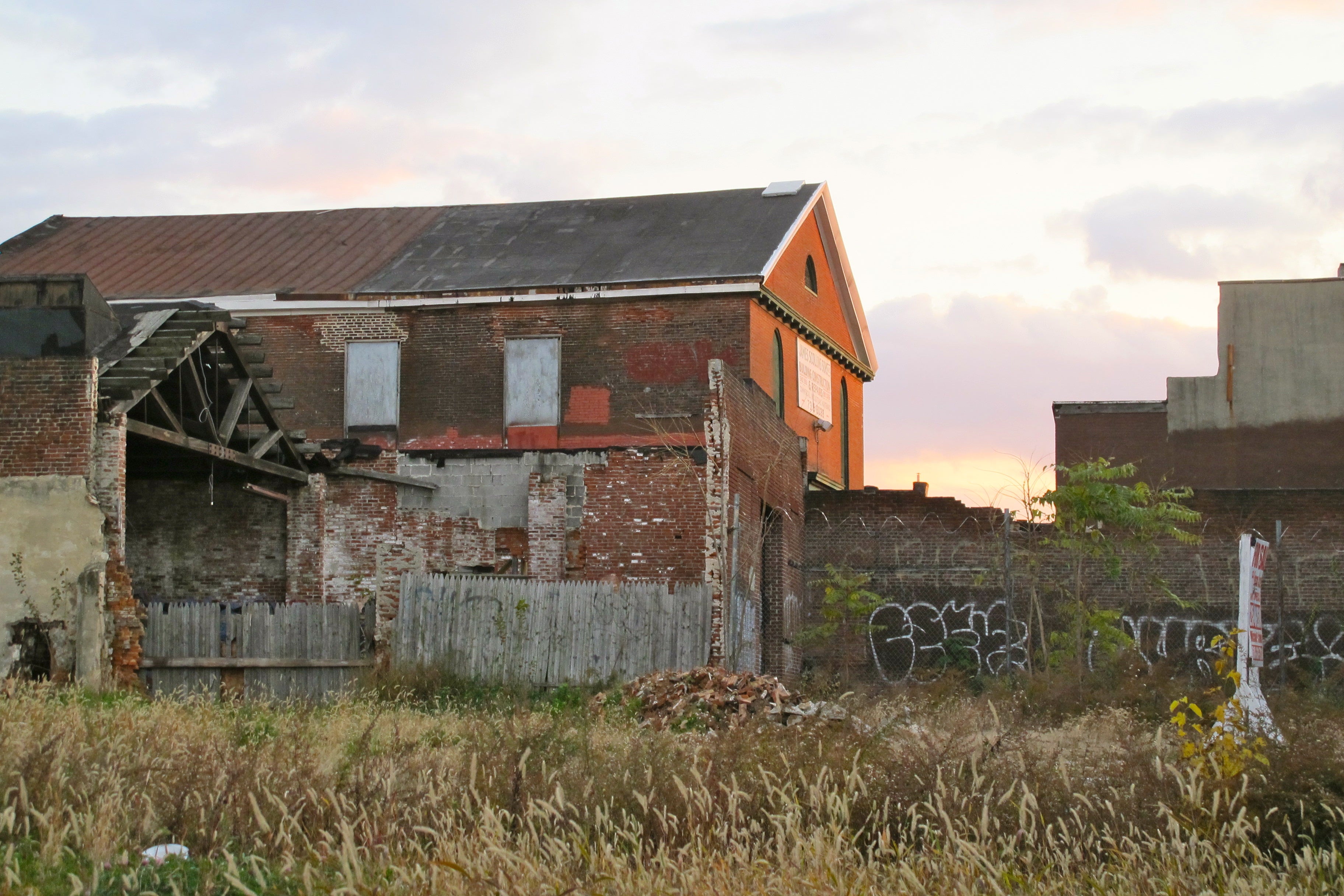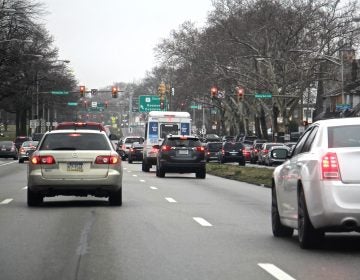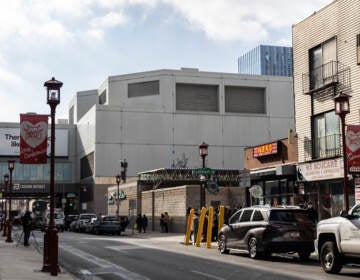Situation Vacant: Community Contributors talk blight and hopes for reform

Living with the ripple-effects of blight has sadly become part of the Philadelphia condition thanks to our city’s 40,000 vacant properties. But people citywide have been confronting this problem in ways small and large, dreaming up new futures for forgotten lots. This patchwork of solutions includes urban agriculture, greening, and community gardening; affordable, accessible, and market-rate housing; and now the Nutter administration and City Council are working on larger-scale vacant property reform efforts.
Tuesday night (June 12) PlanPhilly is hosting a panel discussion about the city’s vacant land strategies, and as a complement to this event Eyes on the Street is collecting and sharing stories from Community Contributors about the effects of vacancy and blight on neighborhood quality of life, community development, and the potential for positive change presented by the city’s efforts at reform.
As we go, those pieces will be collected here:
- Nic Esposito wrote about Emerald Street Urban Farm’s cultivation of five vacant lots in East Kensington, and how the city’s vacant property reform efforts will shape the fate of this urban farm and the people it serves.
- Ludlow resident Doris Berris worked with her neighbors to create a community garden on vacant lots across from her house on North 9th Street. Berris shares the story of her community’s attempt to build an asset out of blight, and how the city bulldozed their garden a year after it began.
- Tacony resident Bob Mears sees the potential for some of the city’s vacant property to answer the city’s high unmet need for accessible, visitable housing.
- Rashida Ali-Campbell dreams of building earthships – or passive houses – out of the ever-present illegally dumped tires on vacant lots.
- Rick Sauer, Executive Director of the Philadelphia Association of Community Development Corporations, makes the case for a citywide land bank to help the city prioritize and balance new uses for vacant property, “that most valuable urban asset.”
- Ruth Torres, a Hunting Park resident, reflects on the physical and psychological impact of blight and the hope she finds working with the Women’s Community Revitalization Project.
- Joann Rose talks about vacancy and equitable development in Point Breeze.
- Ed Boyle, a nurse at Temple University Hospital, sees the cost of vacancy in terms of public safety and health.
- Joyce Smith explains how Viola Street residents are focusing their anti-blight efforts on one East Parkside block.
If you want to share your story (in roughly 500 words), send it our way.
WHYY is your source for fact-based, in-depth journalism and information. As a nonprofit organization, we rely on financial support from readers like you. Please give today.







